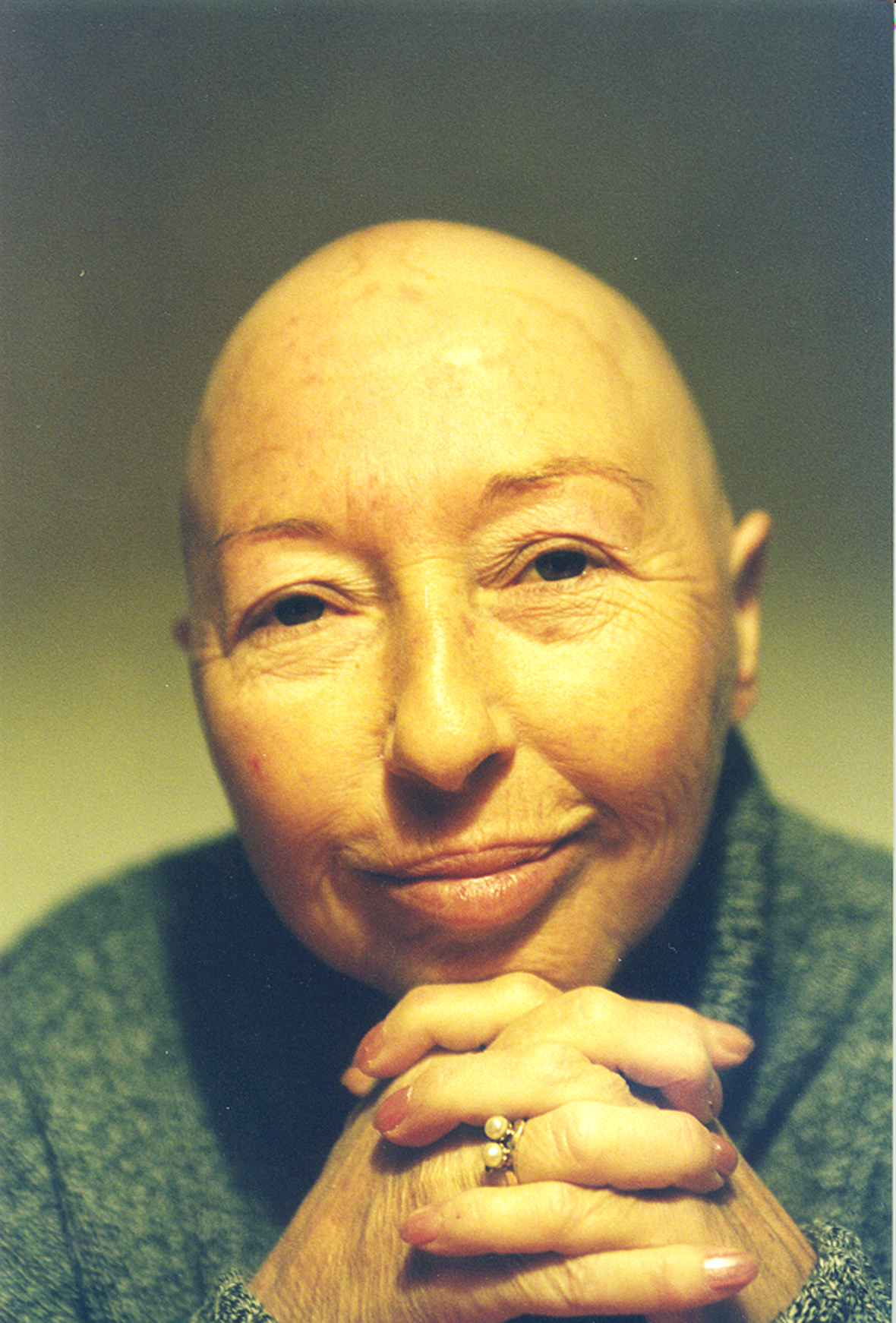How To Disappear Completely: intimate acts

Photographing one's mother is an intimate act. It is also very intimate to photograph a corpse. I imagine that photographing ones own dead mother must feel doubly intimate. It seems to me that when composing your mother’s dead body for a shot, the photographic act becomes an act of love while also being an act of preservation and abstraction. Complex emotions are present, albeit mitigated by the realities of lens and lighting as well as the structures of aesthetics.
What would it be like for a son to facilitate the passing of his mother? What kind of courage and compassion is needed in order to accept euthanasia? When a body no longer serves as a vehicle for a life-force and, with a clear mind, a person chooses to let go of their sick body, who is to judge? Where does one’s right to self-determination begin and the sanctity of life end?
I find these questions relevant, particularly in the context of North American culture with its individualism and surfeit of choices. I wish that Itai Erdal had taken the opportunity to explore them more deeply in How To Disappear Completely. I wanted to be present to the complex emotional landscape a bit more. I wanted to not just see but feel that I am not alone in my fascination with the moment when the body becomes an impersonal, ephemeral structure. I wanted to develop some emotional literacy around what is bound to happen to me, to you, to all of us: death.
While not much was kept private in How To Disappear Completely, a certain superficiality was maintained throughout the piece. Everything was there… but below the surface. Because Itai is a lighting designer that surface was well lit. But, because Itai is not an actor, the depths were not always successfully transmitted. It is possible that with a little more work and support from a strong director, I would have left the theatre feeling as though I had accessed an aspect of the human experience not often shared. It is possible that I would have learned a bit more about myself and my own feelings around death and euthanasia. As it was, I left the theatre feeling not much different as when I went in.
I was glad to know that Mery Erdal lived through the final stages of her life with grace and dignity, surrounded by family. I was heartened to know that it is possible to preserve humor and generosity, to be selfless and strong, even as the body weakens and rebels. I was inspired by Mery’s incredible kindness and lucidity in the face of imminent death.
Perhaps at the end, one’s capacity to shed light on the intimate will always be limited. If I was moved, it was when hearing Itai recite the mourner’s kaddish. I felt as I did when a child in synagogue - just on the outside of something profoundly important.



